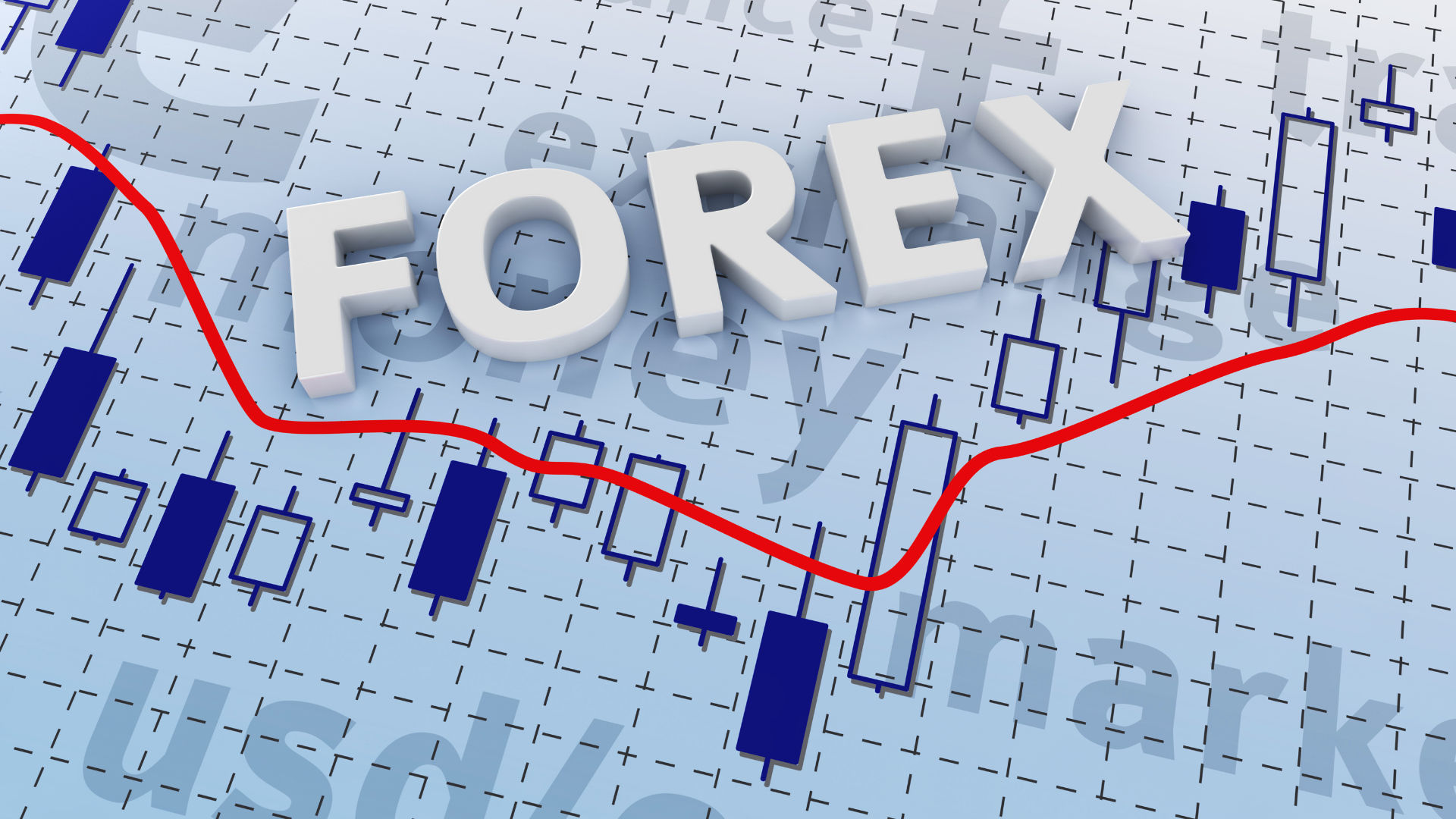FACTORS TO KEEP IN MIND BEFORE CHOOSING MUTUAL FUNDS
From choosing the right mutual fund to making multiple calculations, there are many things you need to keep in mind.

As of April 1, 2023, profits gained on investments in debt mutual funds are henceforth taxed as short-term capital gains if these funds invest at least 35% in stocks, according to modifications in Finance Bill 2023. This means that debt mutual funds are now taxed at the individual income tax rates.
Also, beginning of April 1, 2020, the Dividend Distribution Tax (DDT) was repealed, and mutual fund dividends became taxable in the hands of investors. Dividend income is now considered "income from other sources," and investors must pay tax on it according to their respective tax brackets.
This article is presently being updated since it was originally written at a time when tax rules were different. In the meanwhile, please consider this message to be the most recent updated tax information.
Mutual funds are frequently regarded an investor's best friend by experts, whether you're a first-time investor or an experienced one, due to their numerous benefits. But, with so many options accessible today, how can you choose the best ones for your portfolio?
Let us look at some of the major variables to consider when choosing funds:
Investment Objective and Style
The investment objective of a scheme is what the scheme intends to achieve through its investments. For example, an equity diversified fund may have the goal of investing in growth stocks to achieve capital appreciation; a sector fund may have the goal of investing in companies in the designated sector to achieve capital growth and dividends.
When considering the investing target, examine whether or not it corresponds to your financial goals and requirements. This should include the timing of your financial goals, as well as other factors such as your risk profile (your ability to take risks and your risk tolerance).
Consider this mismatch to help you understand: Rakesh is retiring and needs to supplement his income; he invests in a volatile sector fund because it has outperformed the relevant sectoral index over the last two years. Assume that, just as Rakesh required the income from the fund, the sector's fortunes changed and the fund's value decreased. Rakesh's income will decrease. He may also lose some of the money he initially invested. Given Rakesh's age and risk tolerance, he would have been better suited investing in a low-risk income fund. Was the product the issue, or was it the choice of product in the specific circumstance?
You must also examine your risk profile when deciding how to develop your mutual fund portfolio based on investment types. For example, you may do this based on market capitalization (small & micro-cap/ mid cap/ large company) or fund management style (chasing growth, uncovering value, a mixed approach, etc.). All of this information is readily available on the websites of the asset management companies and in the Scheme Information Documents.
Titan Karishma Analog Black Dial Men's Watch NM1639SM02/NN1639SM02
Role of the fund
Similar to pieces on a chessboard or players on a cricket team, different mutual fund products have distinct purposes. Each one serves a different purpose; some are more aggressive, some are more balanced, and some are more conservative. The organization and stability of your portfolio will depend on your ability to determine the function of each product.
When thinking about your portfolio, keep in mind the importance of collaboration and the rationale behind including each individual fund. If you're adding a new fund to your portfolio and you have no idea what it does or if you can't recall why you bought a certain fund, you might want to reconsider.
Your time horizon and risk profile
Your financial goal's time span is the next consideration. A common rule of thumb is that the closer you are to your goal, the less risk you should try to take. Continuing with the preceding scenario, Rakesh, who is now retired, should put his money into a conservative income fund. To save for retirement, Rakesh should have invested in a high-risk stock fund while he was younger (in his twenties or thirties). If Rakesh had started investing when he was in his forties, he would have done well to split his money between equities and hybrid funds, which put some of their money into stocks and some into bonds.
Performance / track record
The following factors are important to think about while evaluating a fund's performance:
The fund's historical performance relative to its benchmark index and the category average (the average returns of all schemes within that category) should have been constant. There should be comparisons to the prior year, three years, five years, and even to the beginning of the company.
A well-managed fund is one that has a track record of outperforming its peers and the fund's chosen benchmark, both over the short and long term. But, as the old adage goes, you can never tell!
Variation in performance, or volatility: The fund's return volatility should be commensurate with its goals; for example, if the fund is a high-risk, high-potential return fund, then return volatility is expected; however, if the fund is low-risk, then return volatility should be minimal. Fund factsheets typically include risk ratios that can be used for this purpose.
Manager of Funds: Analyze the Manager's Experience and Reputation, as well as the Historical Performance of Other Funds Managed by the Manager. In general, a fund manager's abilities are reflected in all of the funds under his supervision.
Fund size: in the world of mutual funds, little is not often beautiful. An appropriate size would guarantee your liquidity needs are met and the fund manager's investment strategy can be implemented, even though the largest fund may not have the highest performance or approach matching your aims. However, it is true that a fund manager's popularity among investors grows in proportion to the size of the fund.
Fund expenses
All funds incur expenses to run the fund (fund management fees, administration charges, brokerage, marketing and sales expenses, commissions, etc.). The "total expense ratio" (TER) of a fund is the sum of its operating costs expressed as a percentage of its total assets under management. A lower TER indicates a higher possible rate of return.
Tax impact
Mutual funds can be taxed in a variety of ways depending on the scheme used. For tax purposes, most mutual fund schemes fall into one of two major groups.
i. Equity Oriented Funds
According to the Finance Bill, 2018, w.e.f. 1st April, 2018, long-term capital gains exceeding Rs 1 lakh per financial year will be taxable at 10% (without indexation) if the investment is held for more than 12 months and the mutual fund has at least a 65% allocation to equity shares of domestic companies listed on stock exchange. However, a 15% tax is incurred if the asset is held for less than 12 months.
Note: Here, 12 months is the cut off time to be considered as ‘Long Term’.
ii. Non Equity Oriented Funds
Non equity oriented funds are further divided into two categories on the basis of their allocation to equity shares of domestic companies
a. Specified mutual funds -
A "Specified Mutual Fund" is any Mutual Fund, regardless of its official name, that invests no more than 35% of its net assets in the common stock of U.S. firms.
The Income Tax Act of 1961 now includes Section 50AA, which was added by the Finance Act of 2023. Starting on April 1, 2023, any profit or loss realized on the sale of units in a Specified Mutual Fund will be treated as a short-term capital gain or loss for tax purposes and subject to the investor's marginal tax rate. All such units purchased on or after April 1, 2023 are included.
Until April 01, 2023, the point b taxation described below would apply to any investments in certain mutual funds.
Also read :- Threre are 5 Tips for Diversifying Your Portfolio
b. Non Equity oriented funds Other than specified mutual funds
Equity shares of domestic companies accounting for more than 35% but less than 65% of a mutual fund's total assets fall into the aforementioned group.
The capital gains tax rate on investments in non-equity oriented funds is 20% with the benefit of indexation (which reduces the capital gains tax payable) or 10% without indexation if the units are unlisted, whichever is more favorable to the investor. In this case, 36 months was used as the dividing line between "Short-Term" and "Long-Term" investments. Holding such investments for fewer than 36 months would, however, result in taxation at a rate determined by the tax bracket in which your income was placed.
Investing in the fund may have tax consequences; if you are unsure, talk to a tax expert or financial planner. All of the aforementioned signs are worth considering when picking a mutual fund for your portfolio, but you shouldn't focus on any single one of them in isolation. Finding the correct funds for your portfolio can be difficult; a financial advisor can help.

















.jpg?updatedAt=1699538803029)





